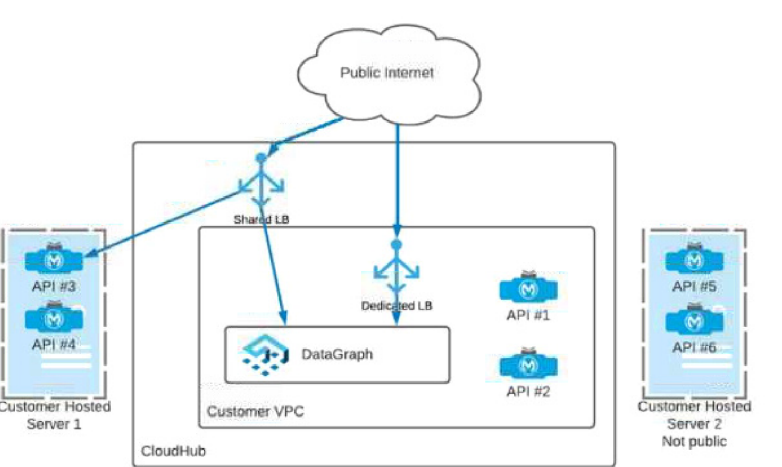MuleSoft MCPA-Level-1 - MuleSoft Certified Platform Architect - Level 1
A client has several applications running on the Salesforce service cloud. The business requirement for integration is to get daily data changes from Account and Case
Objects. Data needs to be moved to the client's private cloud AWS DynamoDB instance as a single JSON and the business foresees only wanting five attributes from the
Account object, which has 219 attributes (some custom) and eight attributes from the Case Object.
What design should be used to support the API/ Application data model?
Which three tools automate the deployment of Mule applications?
Choose 3 answers
Which APIs can be used with DataGraph to create a unified schema?

An API has been updated in Anypoint exchange by its API producer from version 3.1.1 to 3.2.0 following accepted semantic versioning practices and the changes have been communicated via the APIs public portal. The API endpoint does NOT change in the new version. How should the developer of an API client respond to this change?
A company is building an application network using MuleSoft's recommendations for various API layers.
What is the main (default) role of a process API in an application network?



